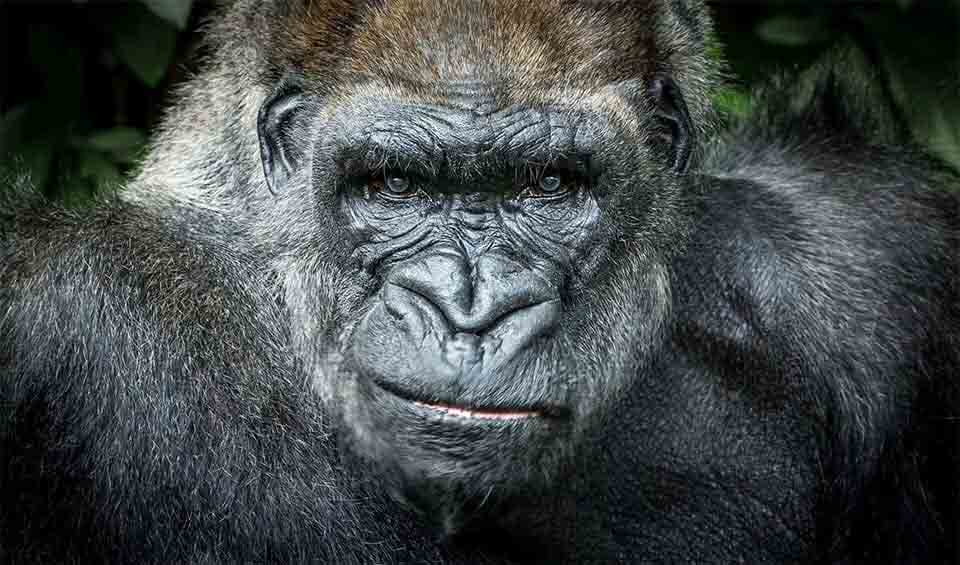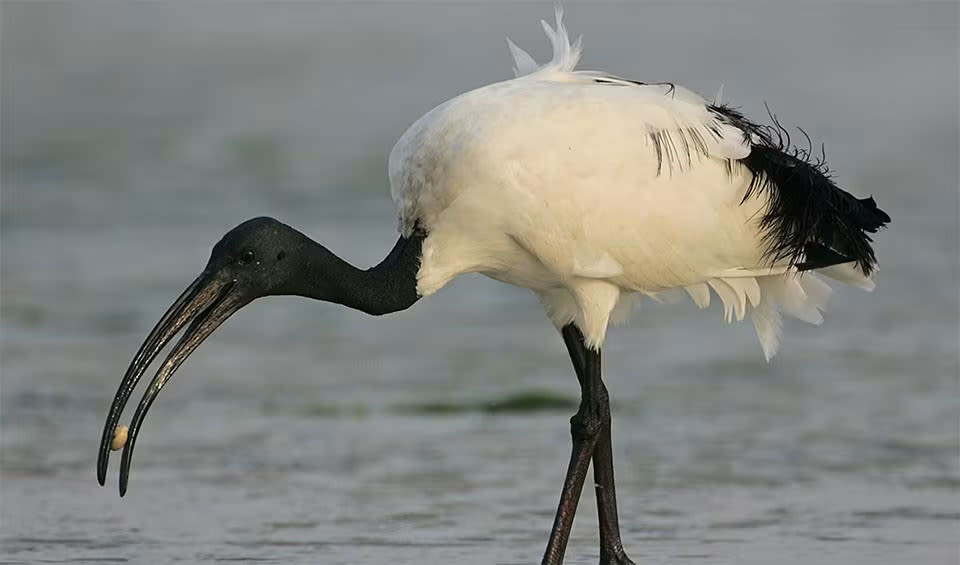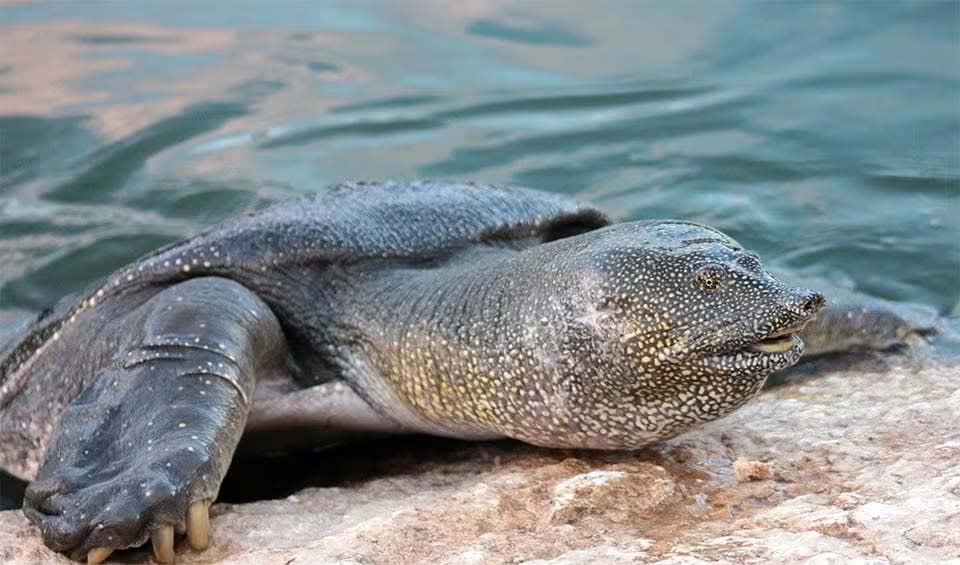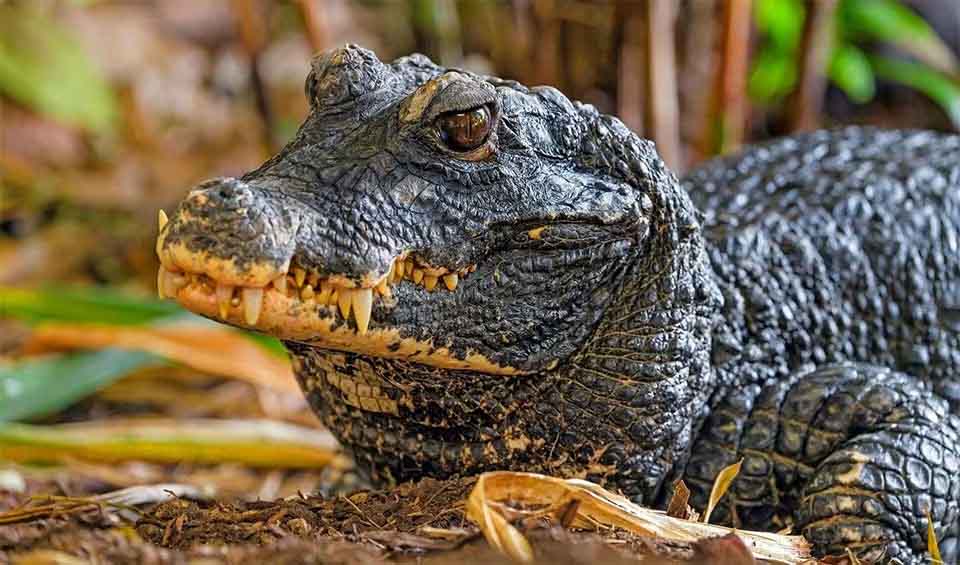The Republic of Congo, also known as Congo-Brazzaville, boasts a vast and diverse landscape dominated by the second largest rainforest globally, which encompasses a significant portion of its territory. This lush forest is intertwined with an extensive hydrological network, fostering a remarkable array of flora and fauna species. The Republic of Congo is renowned for harboring one of the world’s most vital and biodiverse forest ecosystems. Approximately 60% of its landmass is blanketed by lowland tropical forests, with vast expanses remaining pristine and untouched by human activity, constituting invaluable virgin wilderness.
The country’s environment is characterized by its rich biodiversity, including numerous endemic and endangered species, supported by the fertile and varied ecosystems found within its borders. Moreover, Congo’s climate is predominantly tropical, with high humidity and rainfall, providing ideal conditions for the flourishing rainforest and its inhabitants.
Four pillars elaborated:
The Republic of Congo, spanning 342,000 km² (132,047 mi²) in Central Africa, is characterized by its vast forests and savannahs, covering approximately 65% and 35% of the national territory, respectively, and representing significant portions of dense African rainforests. Recently, the country established its inaugural Marine Protected Areas (MPAs), covering over 4,000 km² (1,544 mi²) off the West African coast, amounting to 12% of Congo’s Exclusive Economic Zone. These MPAs serve as vital sanctuaries for numerous marine species, including leatherback turtles and Atlantic humpback whales, while also harboring over 40 species of sharks and rays, including the awe-inspiring whale shark. Land Management
Land Management
Notably, Congo-Brazzaville boasts various protected areas essential for safeguarding biodiversity, such as the renowned Odzala-Kokoua National Park, known for its diverse ecosystems and endangered species like forest elephants, gorillas, and chimpanzees. Additionally, protected areas like Conkouati-Douli National Park, Nouabalé-Ndoki National Park, and Lefini Faunal Reserve play pivotal roles in preserving Congo’s rich natural heritage.
The primary threats to Congo’s biodiversity stem from human activities, climate-related factors, and various socio-political challenges, including the country’s tumultuous history in the 1990s. Deforestation, driven by the need for food and energy, industrial expansion, and illegal wildlife trade, poses a significant risk to forest ecosystems. Additionally, unsustainable practices such as shifting cultivation, unregulated harvesting of non-timber forest products, and bushfires exacerbate the pressure on these fragile environments. The lack of adequate monitoring mechanisms further compounds the situation, leading to habitat destruction and fragmentation, which disrupts the delicate ecological balance. Threats to Biodiversity
Threats to Biodiversity
Genetic erosion is also a concern due to the depletion and disappearance of plant species, including endemics. Unsustainable agricultural methods, such as slash-and-burn farming and excessive use of fertilizers and pesticides, further strain natural ecosystems. Inland waters face threats from overexploitation, destructive fishing practices, and invasive species, while marine environments are impacted by activities like dredging, oil pollution, overfishing, and coastal erosion, jeopardizing critical spawning grounds.
Congo participates in various international organizations and regional programs focused on implementing the CBD. Locally, it has developed a national framework for biosecurity, including legislation on GMOs, and established mechanisms like the biological diversity clearing-house (CHM) and biosafety clearing-house (BCH). To enhance resource management, Congo has enacted 10 laws, 4 decrees, and 4 orders, while implementing measures such as biological control, reforestation, and protected area establishment. Capacity and Governance
Capacity and Governance
Codes for sectors like fishing and mining have been adopted, with a focus on forest sector mainstreaming. Certification (FSC) has been achieved for some management units, indicating sustainable forest management. Additionally, from 1999 to 2006, biodiversity projects funded by the Global Environment Fund (GEF) were implemented, furthering conservation efforts.
Congo-Brazzaville has ambitious plans to conserve and sustainably manage its biodiversity for future generations. The country aims to expand its network of protected areas, enhance their management, and promote sustainable tourism and community involvement. Strengthening legal frameworks to combat wildlife trafficking and illegal logging is a priority, along with fostering collaboration between government agencies and local communities. Additionally, investing in scientific research and monitoring programs is seen as crucial for guiding conservation strategies and understanding Congo’s diverse ecosystems. Future Trends
Future Trends
Biodiversity
The Republic of Congo is part of the Congo Basin, the second-largest rainforest in the world after the Amazon. These rainforests are incredibly biodiverse, home to countless plant and animal species. Notable national parks such as Odzala-Kokoua and Nouabalé-Ndoki are crucial for the conservation of this biodiversity. These forests support populations of endangered species such as forest elephants, western lowland gorillas, chimpanzees, and various species of monkeys. The dense canopy and rich undergrowth provide habitats for numerous bird species, reptiles, amphibians, and insects. The rainforests are also home to unique flora, including a wide variety of trees, orchids, and medicinal plants.The Congo River, one of the longest rivers in the world, and its tributaries, including the Ubangi and Sangha rivers, are vital for the country’s biodiversity. These river systems support diverse aquatic ecosystems, providing habitats for fish, amphibians, and other aquatic organisms. Wetlands and swamp forests, such as those found in the Likouala region, are important for waterbirds, including herons, storks, and ibises.
In the table below are the number of known species in several main groups, how many of these species are Threatened with extinction, and how many of them are Endemic (unique to Congo only):
| Species (World rank) |
Threatened | % Threatened | Endemic | % Endemic | |
|---|---|---|---|---|---|
| Mammals | 739 (#3) | 15 | 2.0% | 5 | 0.7% |
| Birds | 614 (#51) | 7 | 1.1% | ||
| Reptiles | 363 (#24) | 6 | 1.7% | ||
| Amphibians | 75 (#46) | 1 | 1.3% | 2 | 2.7% |
| Fishes | 839 (#66) | 72 | 8.6% | 40 | 4.8% |
| Plants | 4,219 (#83) | 46 | 1.1% | 3 | 0.1% |
mammals
Lion
Tufted-tailed Simba in the plight
Western gorilla
Most diverse species of a gorilla; inhabits midwest Africa
Aardvark
Dig large subterranean burrows that other animals can hide in during fires, hence preventing wildlife deaths
birds
Saddle-billed stork
The colorful stork of Africa
Hamerkop
The hammerheads of the bird kingdom
African sacred ibis
The fossil records suggest that this species has been on this planet for millions of years
reptiles
African softshell turtle
Instead of a bony shell, it has a flat, leathery covering that helps it glide smoothly through the water
Dwarf crocodile
Timid nocturnal with broad snouts native to Africa, they are the smallest of all crocs
Gaboon viper
Gaboon viper has the largest fangs and highest venom yield of any snake on earth
National Animals
White-tailed deer
We use our agility and speed to outrun their predators, sprinting up to 48.2km/h (30 mph) and leaping as high as 3m (10 ft)














